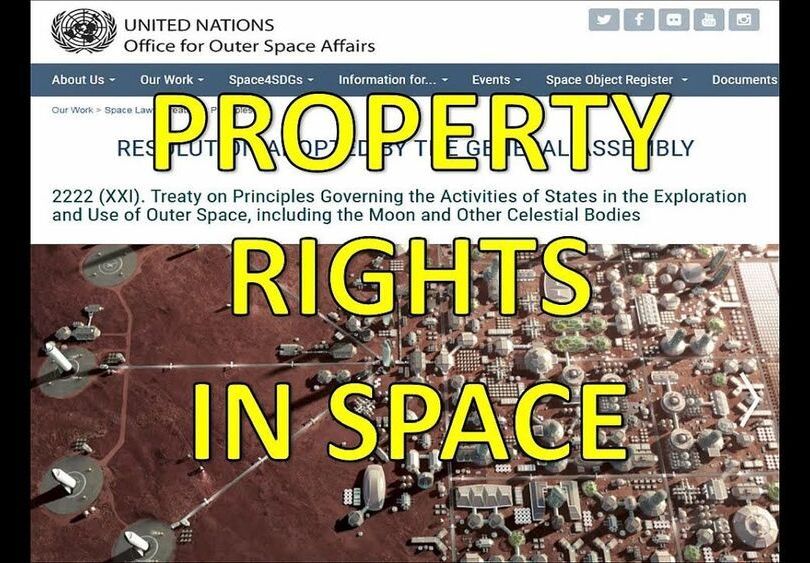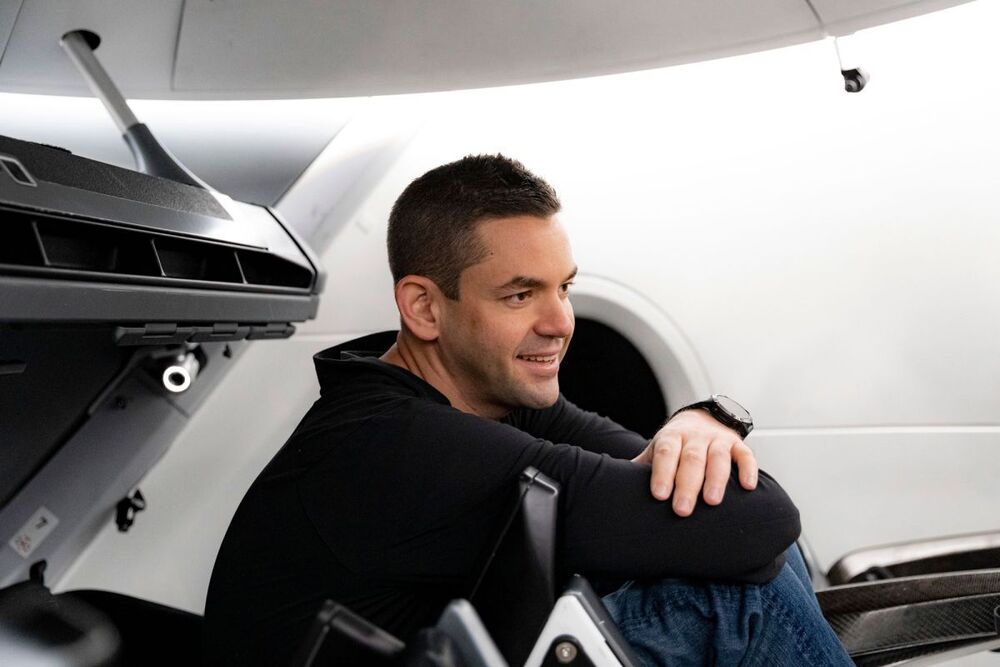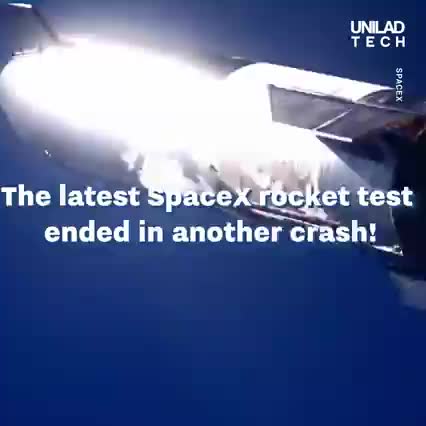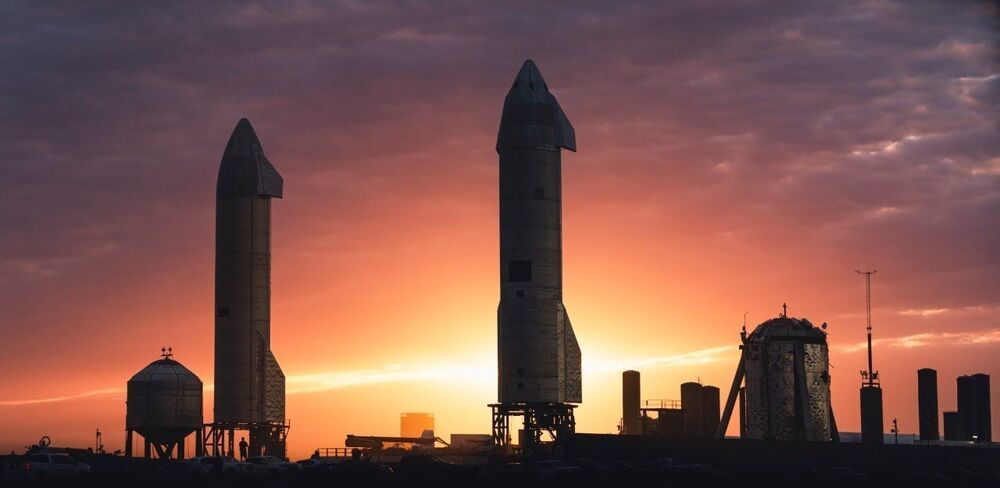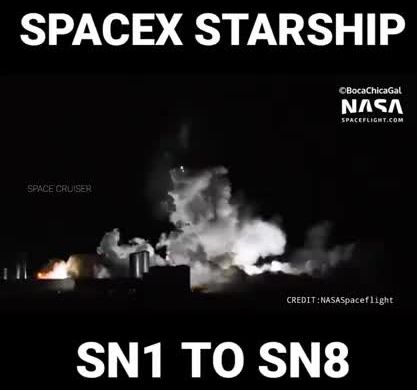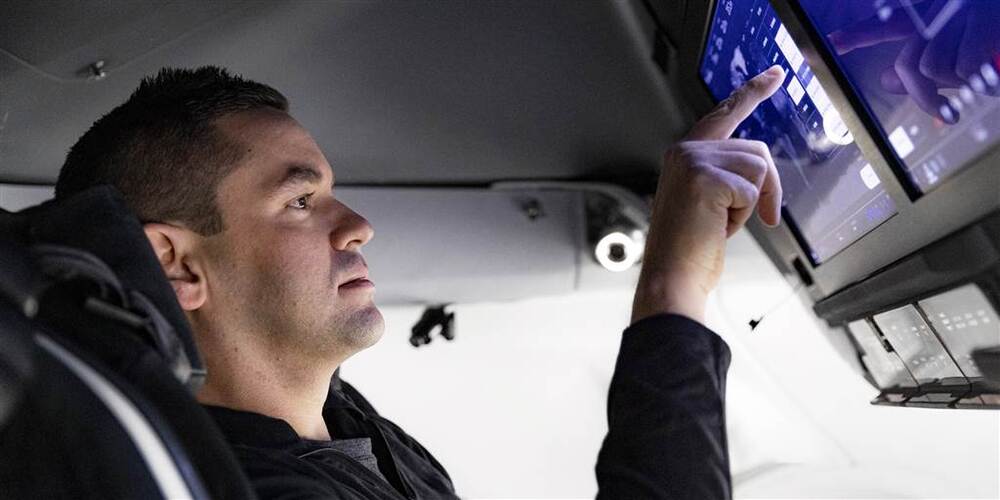Feb 4, 2021
Space Property Rights How Can SpaceX, Blue Origins and Others Use Space Resources
Posted by Greg Allison in categories: geopolitics, habitats, space travel, treaties
Property rights of some type are needed in space to establish reliable operations based there, Yet the 1967 Outer Space Treaty is a huge challenge to this. See the countries that did not sign the 1967 outer space treaty, Credit to the L5 Society for stopping the moon treaty, See an introductory talk on what we can do about this. Also see that Asgardia was NOT the first space nation!
You can support Galactic Gregs by supporting the sister channel Green Gregs by clicking the links below:
See the Special Deals at My Patriot Supply (great space mission food): www.PrepWithGreg.com.
For gardening in your space habitat (or on Earth) Galactic Gregs has teamed up with True Leaf Market to bring you a great selection of seed for your planting. Check it out: http://www.pntrac.com/t/TUJGRklGSkJGTU1IS0hCRkpIRk1K
